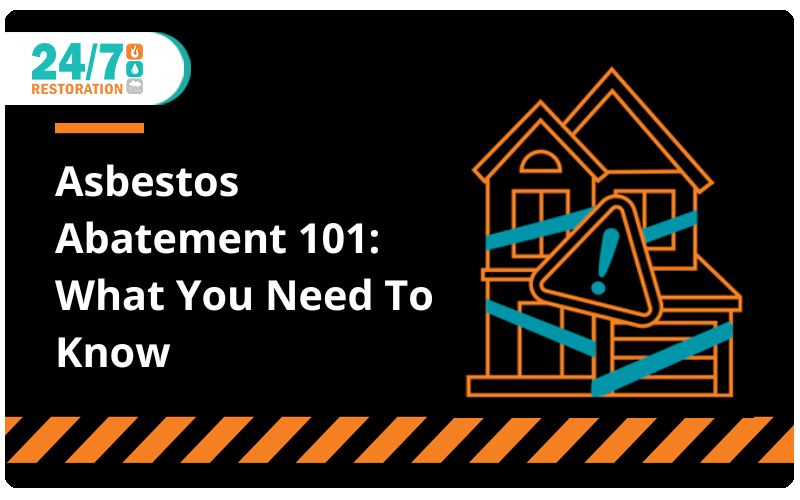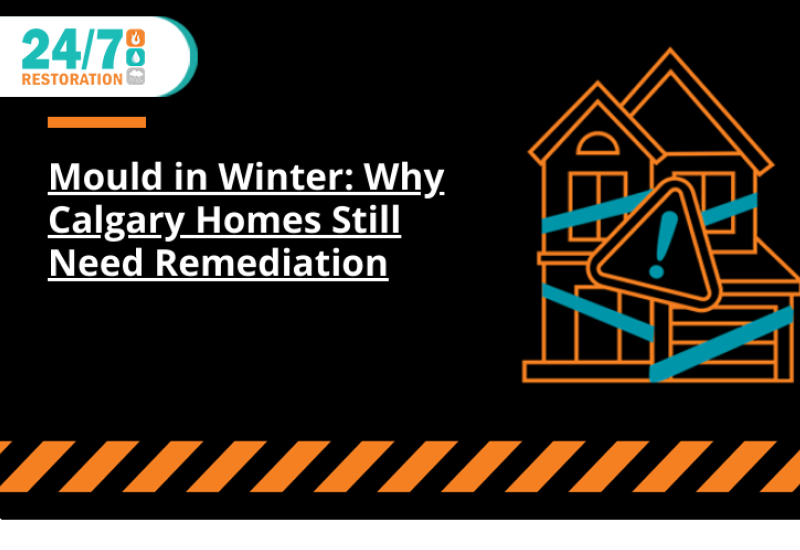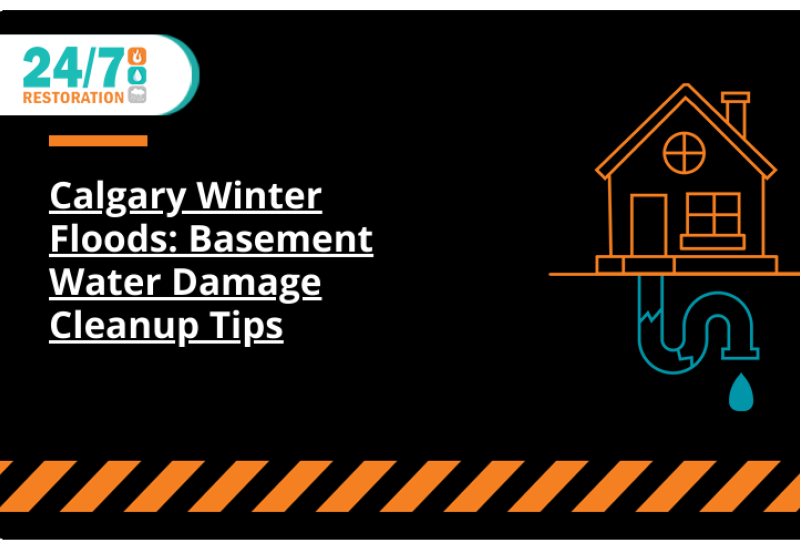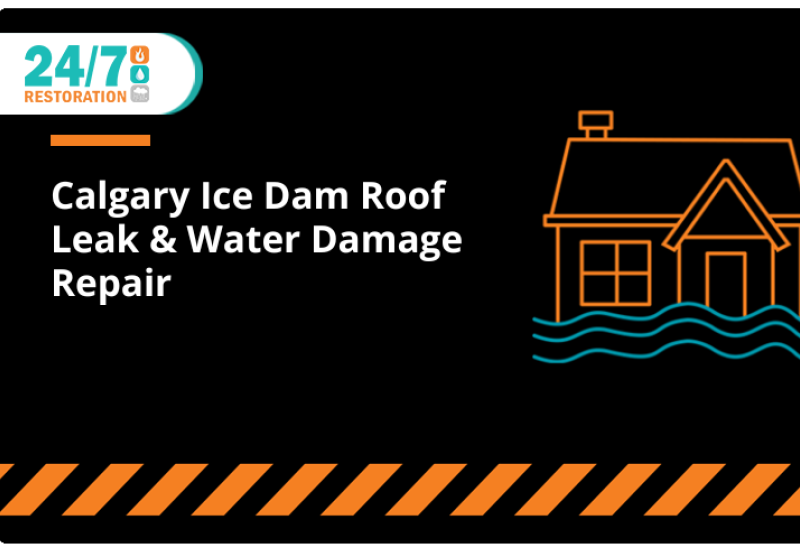The Basics Of Asbestos And Asbestos Abatement
What Is Asbestos?
Asbestos is a group of naturally occurring minerals including tremolite, actinolite, amosite, crocidolite, and anthophyllite. The flexible fibres of asbestos are highly heat resistant, non-flammable, non-conductive, and resistant to corrosion. Because of these qualities (as well as the low cost of the material), asbestos was abundantly used in the building of homes and commercial spaces after its discovery. It wasn’t until years later, when it was learned that asbestos was highly dangerous, that its use was discontinued.
What Are The Risks Of Asbestos Exposure?
Asbestos is most dangerous when a person is exposed to large amounts of it or is frequently exposed over time, but there is no amount of asbestos exposure that is safe. Even a one-time exposure to asbestos can cause diseases such as mesothelioma, which is a form of cancer. When asbestos particles are inhaled, they can cause the development of tumours in the lungs, abdomen, or heart. Mesothelioma is a very aggressive form of cancer that can lead to respiratory complications and death. Asbestos can also cause the development of other types of cancer and some people who have been exposed to asbestos will not begin to present symptoms of illness for quite some time (between 10 and 50 years) after the exposure.
Where Can Asbestos Be Found?
Asbestos production was banned in Canada in 1979. It wasn’t until 1981 that the sale and use of asbestos was regulated and limited, although some forms of asbestos-containing products still continued to be manufactured if they had very small amounts of asbestos in them. In general, if you live in a home that was built before 1981, your home likely contains asbestos. Because of the heat insulating quality of asbestos and its lack of flammability, asbestos is commonly found in the walls and near pipes. Asbestos can also be found in cement pipes, mastics, sealants, adhesives, and caulking. To learn more about asbestos in the home, read Renovating? Be Aware Of These Common Sources Of Asbestos In The Home.
What Do I Do If I Suspect Asbestos?
If you have any reason to suspect that your home or place of work has asbestos, you will need professional asbestos abatement. It is very important that you leave asbestos abatement to the professionals, as they are trained in the handling and disposal of this dangerous material. If you attempt to remove the asbestos or asbestos-containing material yourself, you will disturb the asbestos particles and can risk inhaling them. Read The Importance Of Hiring Professionals For Asbestos Removal to learn why this is absolutely not a project to try on your own.
Asbestos Abatement In Calgary
If you suspect your home or commercial space has asbestos, contact 24/7 Restoration for professional asbestos abatement. Our highly trained asbestos abatement specialists can test for, remove, and properly dispose of asbestos. No matter the amount of asbestos or the size of the project, 24/7 Restoration can handle all of your asbestos abatement needs while keeping everyone safe. Our asbestos abatement specialists use first-rate equipment and follow the most stringent regulations and requirements. For asbestos abatement in Calgary, contact 24/7 Restoration at 1-403-247-4365 or fill out the online contact form.
FAQ
Q: Can I detect asbestos in my home myself?
A: No, asbestos particles are not visible to the human eye and many asbestos-containing materials will not give any indication that there is asbestos in them. The only way to know for sure is through professional asbestos testing. If you suspect there is asbestos in your home or you are about to demolish or renovate your home, call 24/7 Restoration in Calgary for an asbestos assessment.
Q: How is asbestos disposed of?
A: The asbestos abatement specialists at 24/7 Restoration will place all asbestos-containing materials into sealed bags and transport them to an approved landfill to be buried. Asbestos is carefully handled so that everything is contained and no particles can become airborne. Once disposed of, it is left undisturbed so that it is no longer dangerous.
Q: Where does asbestos come from?
A: Asbestos can be found in nature as mineral deposits within rock formations. The fibres cannot be seen by the naked eye and are dangerous to humans once they are exposed and disturbed.




